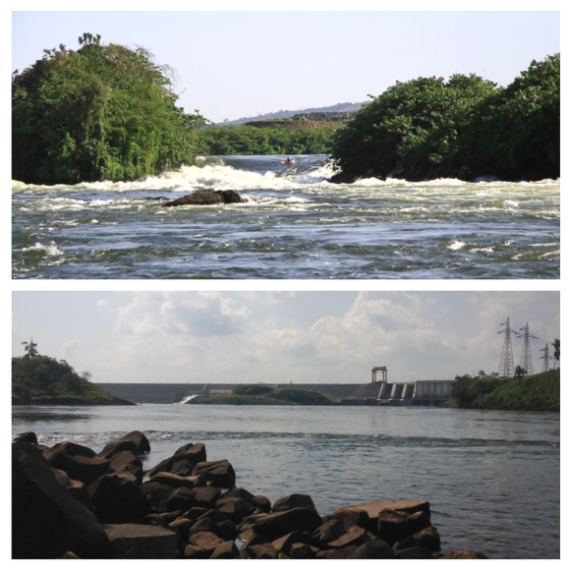Social impact assessments are fundamental documents for any hydro power project. Key players will base their decisions regarding dams on these evaluations.
The report for Isimba dam has just been released online. With regards to tourism it is incomplete and, in places, inaccurate.
An example of this?
‘Silverback’ rapid (amongst other rapids such as the grade 6 Hypoxia!) is listed as still being available to commercially raft following the completion of the Isimba Dam. However, had those writing the report been to Silverback recently, they might have noticed that Silverback no longer exists! It is actually the site for the Bujagali Dam and is now a huge concrete structure – as you can see from this image.
Share this if you would like to see a full and comprehensive impact assessment done to show the true impact that the Isimba Dam will have on the Nile, Uganda and its people!
